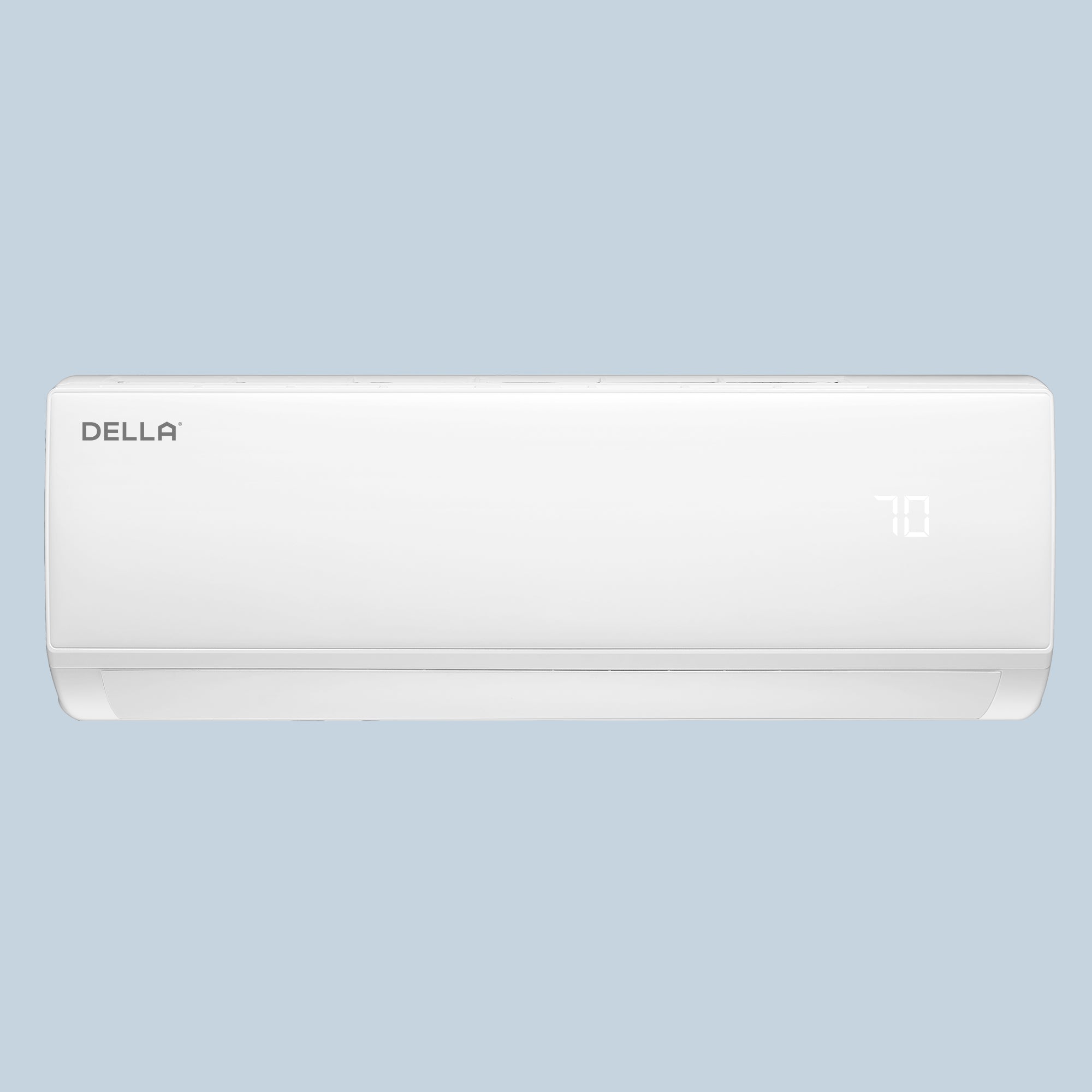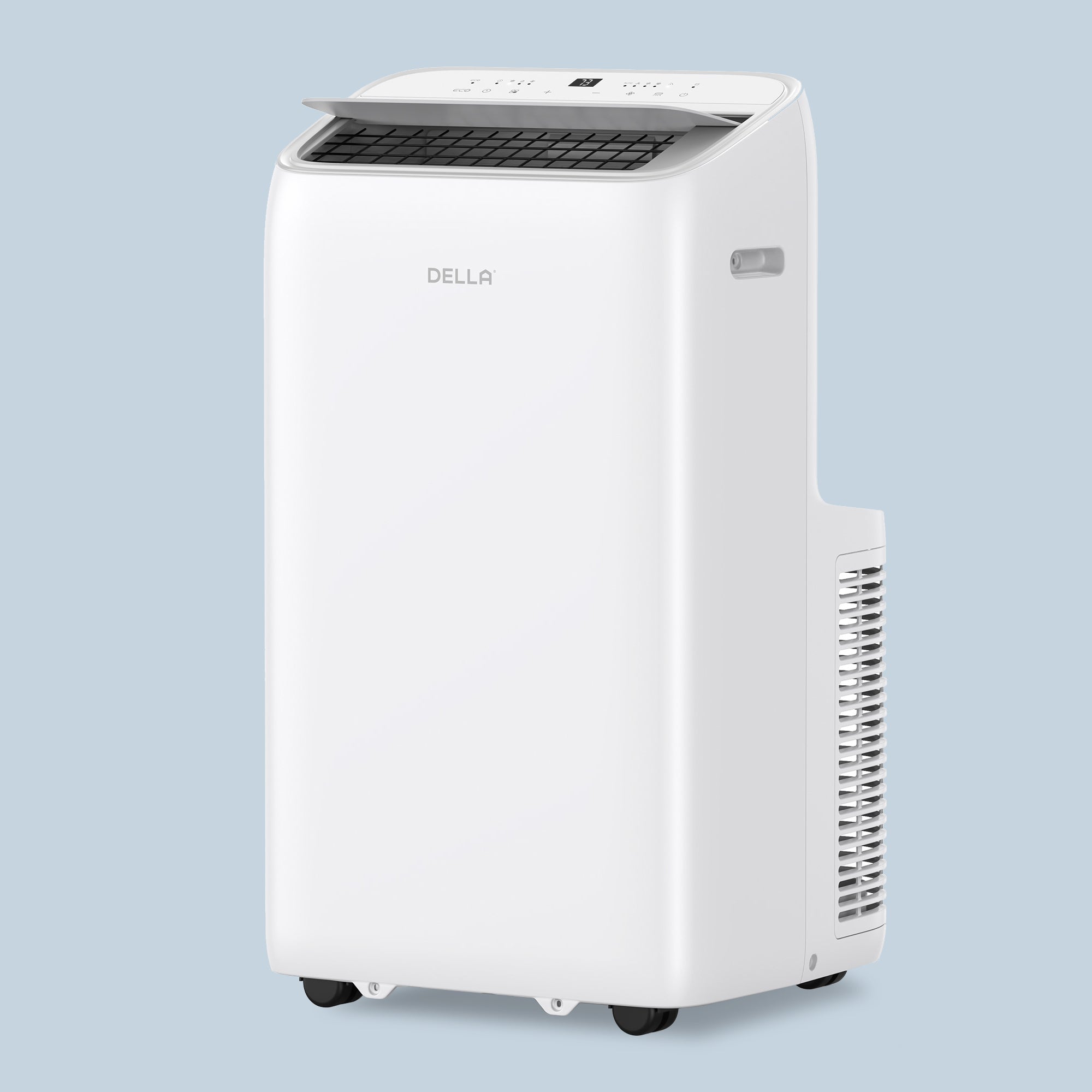When it comes to keeping your home cool and comfortable, air conditioner refrigerant plays a crucial role. Understanding how refrigerant works, what types are available, and when your system may need a refill or upgrade is essential for maintaining a reliable, efficient cooling system.
What is Home Air Conditioner Refrigerant and How Does It Work?
Home AC refrigerant is a specialized fluid that cycles through a series of coil in the AC system, absorbing heat from your home and releasing it outdoors, leaving you with cooler, more comfortable indoor temperatures. This process relies on the refrigerant’s ability to change from a gas to a liquid and back again, allowing it to transfer heat efficiently.
Types of Air Conditioner Refrigerants: Pros and Cons
Several refrigerants are commonly used in domestic air conditioners. Below are the most widely used refrigerants today, along with their advantages and disadvantages.
R-22 (Freon)
R-22 was once the standard for many home air conditioners but has been phased out due to environmental concerns.
Advantages:
-
Effective cooling performance in older systems.
Disadvantages:
-
Harmful to the ozone layer.
-
Production has been halted, making it expensive and hard to find.
-
Not compatible with newer systems.
R-410A (Puron)
R-410A is the most common refrigerant in modern systems, known for being more environmentally friendly than R-22.
Advantages:
-
Higher energy efficiency compared to R-22.
-
No ozone depletion potential.
-
Widely available for newer systems.
Disadvantages:
-
Operates at higher pressure, requiring systems designed for R-410A.
-
Moderate global warming potential (GWP).
R-32
R-32 is a newer refrigerant that is gaining popularity for its excellent energy efficiency and lower environmental impact.
Advantages:
-
10% more efficient than R-410A.
-
Lower GWP, reducing environmental impact.
-
Requires less refrigerant charge compared to R-410A.
Disadvantages:
-
Flammable, requiring proper safety measures.
-
Less widely available than R-410A.
R-290 (Propane)
R-290, or propane, is an environmentally friendly refrigerant, particularly in areas focused on reducing greenhouse gas emissions.
Advantages:
-
Extremely low GWP, making it the most eco-friendly option.
-
High energy efficiency.
-
Suitable for hot climates.
Disadvantages:
-
Highly flammable, requiring strict safety protocols.
-
Limited availability in some regions.

Refrigerants in Different Air Conditioner Types
Different home air conditioners use specific refrigerants based on their design and cooling needs:
-
Portable Air Conditioner Refrigerant: Typically uses R-410A due to its efficiency in smaller units.
-
Mini Split Air Conditioner Refrigerant: Commonly uses R-410A or the newer R-32. Many models, like 230 V mini split AC, are designed for optimal energy efficiency and use these eco-friendly refrigerants.
-
Window Air Conditioner Refrigerant: Usually relies on R-410A for effective cooling in compact spaces.
Which is the Best Air Conditioner Refrigerant for Me?
Choosing the best refrigerant should take account in your system’s compatibility, environmental concerns, and efficiency needs.
-
For newer systems, R-410A and R-32 are excellent options due to their balance of efficiency and lower environmental impact.
-
If you’re looking for the most eco-friendly option, R-290 offers high efficiency with a minimal carbon footprint, but its flammability may require additional safety considerations.
Always consult with your HVAC technician to determine the right refrigerant for your specific system and circumstances. As eco-friendly and efficient cooling options, the latest mini splits for sale mostly use the latest refrigerants like R-32.
Signs Your AC Might Need More Refrigerant
Low refrigerant levels could lead to bad cooling effect. Here are some common signs that your AC might need more refrigerant:
-
Reduced cooling: The system blows warm or less cool air, even on the highest settings.
-
Longer cooling cycles: Your AC runs for extended periods without reaching the desired temperature.
-
Hissing or bubbling sounds: These noises can indicate a refrigerant leak in the system.
-
Ice buildup on coils: Insufficient refrigerant can cause the air conditioner freezing up, reducing cooling efficiency.
-
Higher energy bills: When refrigerant levels are low, your system works harder, leading to increased electricity consumption.
Should You Upgrade Your AC Refrigerant?
Here’s when you should consider an upgrade the air conditioner refrigerant:
-
Your system uses R-22: Since R-22 production has stopped, refilling or repairing a system that uses this refrigerant can be costly and difficult.
-
Increased energy efficiency: Newer refrigerants like R-410A or R-32 are more energy-efficient, meaning lower electricity bills and better cooling performance.
-
Environmental concerns: Upgrading to refrigerants with lower global warming potential, such as R-32 or R-290, helps reduce your carbon footprint.
Risks Associated with Home AC Refrigerant Leaks
A refrigerant leak can cause significant issues for both your air conditioner and the environment. Here’s what you need to be aware of:
System inefficiency
A refrigerant leak forces your AC to work harder, lowering its cooling ability and extending run times, which wears out components.
Compressor damage
Low refrigerant levels can cause the compressor to overheat, leading to costly repairs or a full system breakdown.
Environmental impact
Leaking refrigerants, especially R-22, contribute to ozone depletion and global warming, posing a long-term environmental risk.
Potential health hazards
Direct exposure to refrigerants can cause dizziness, respiratory issues, or skin irritation, especially in large leaks.
Fire risk
Certain refrigerants, like R-32 and R-290, are flammable. If a leak occurs near a heat source or electrical component, there’s an increased risk of fire.
What to Do if Your AC Has a Refrigerant Leak?
Discovering a refrigerant leak can be concerning, but prompt action can prevent further damage. Here’s what you should do:
-
Turn off the AC: If you suspect a leak, shut off your air conditioner immediately to prevent damage to the system and avoid circulating refrigerant in the air.
-
Call a professional: Handling refrigerant requires specialized tools and certification. Contact an HVAC technician to properly diagnose and repair the leak.
-
Check for visible signs: Look for ice buildup on coils, unusual hissing sounds, or any noticeable loss of cooling, which can confirm a leak.
-
Ventilate the area: If you suspect a large leak, open windows and doors to allow fresh air to circulate and minimize potential health risks.
-
Consider upgrading: If your AC uses an older refrigerant like R-22, repairing leaks can be expensive and harmful to the environment. This might be a good time to consider upgrading to a newer, more eco-friendly system.

What to Do if Your AC Has a Refrigerant Leak?
If discover a refrigerant leak, you can take the following steps to minimize potential hazards and losses:
-
Turn off the AC
If you suspect a leak, shut off your air conditioner immediately to prevent damage to the system and avoid circulating refrigerant in the air.
-
Call a professional
Handling refrigerant requires specialized tools and certification. Contact an HVAC technician to properly diagnose and repair the leak.
-
Check for visible signs
Look for ice buildup on coils, unusual hissing sounds, or any noticeable loss of cooling, which can confirm a leak.
-
Ventilate the area
If you suspect a large leak, open windows and doors to allow fresh air to circulate and minimize potential health risks.
-
Consider upgrading
If your AC uses an older refrigerant like R-22, repairing leaks can be expensive and harmful to the environment.
How to Check Your AC's Refrigerant Levels?
Here’s how you can check if the levels are low:
-
Check for ice on the coils
Ice buildup on the evaporator coils is often a clear indicator that refrigerant levels are too low.
-
Listen for unusual sounds
Hissing or bubbling noises can indicate a refrigerant leak, which lowers the overall levels in your system.
-
Inspect the refrigerant lines
Visible damage or corrosion on refrigerant lines could suggest a leak, which directly affects the refrigerant levels.
-
Call a professional
The most accurate way to check refrigerant levels is to have a certified HVAC technician measure the pressure of your system using specialized tools.
Legal Regulations for Using Refrigerants in Air Conditioners
Refrigerants in air conditioning systems are regulated due to their environmental impact, particularly older refrigerants like R-22. Here’s a breakdown of the legal framework in the U.S.:
R-22 Phase-out
Under the Clean Air Act, the production and import of R-22 (Freon) were phased out in 2020 due to its ozone-depleting properties. It is still legal to use R-22 in existing systems, but refills require reclaimed or recycled refrigerant, which is expensive and in limited supply.
Transition to eco-friendly refrigerants
Refrigerants like R-410A, R-32, and R-290 are currently approved for use in residential air conditioners and have lower ozone depletion potential (ODP) or global warming potential (GWP). These newer options comply with U.S. Environmental Protection Agency (EPA) regulations for safer environmental use.
HVAC technician certification
By law, only EPA-certified HVAC technicians can handle refrigerants, whether installing, repairing, or disposing of them. This is to ensure proper handling and prevent the illegal venting of refrigerants, which can damage the ozone layer.
Proper recovery and disposal
U.S. law requires refrigerants to be recovered and not released into the atmosphere. Technicians must use specialized equipment to recycle or properly dispose of refrigerants according to EPA standards.
Conclusion: Della's Commitment to Eco-Friendly Refrigerants
Understanding the importance of refrigerants in your air conditioner is key to ensuring efficient cooling and minimizing environmental impact. By upgrading to modern, eco-friendly refrigerants, you can improve your system's performance while reducing your carbon footprint.
Choose Della’s eco-friendly air conditioners for reliable cooling that aligns with today’s environmental standards—keeping your home comfortable and the planet healthy. Explore the latest air conditioner sale offers to upgrade your cooling system with an environmentally friendly model.
Read More:
How Does a Mini Split Air Conditioner Work?
What Size of Mini Split is Right for Your Garage?
6 Best Ductless Mini Splits: 2024 Buyer's Guide








LEAVE A COMMENT
All comments are moderated before being published.
This site is protected by hCaptcha and the hCaptcha Privacy Policy and Terms of Service apply.